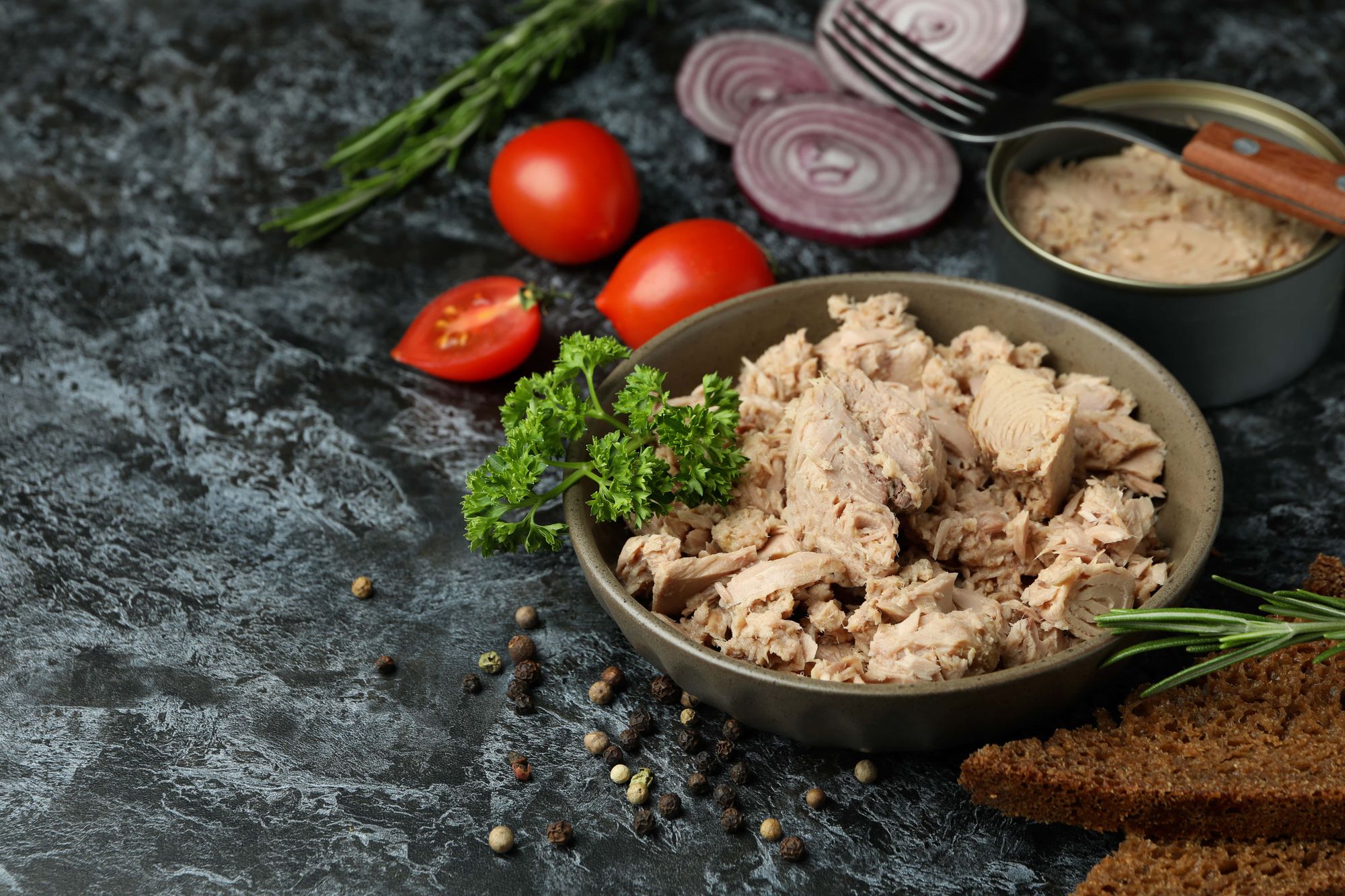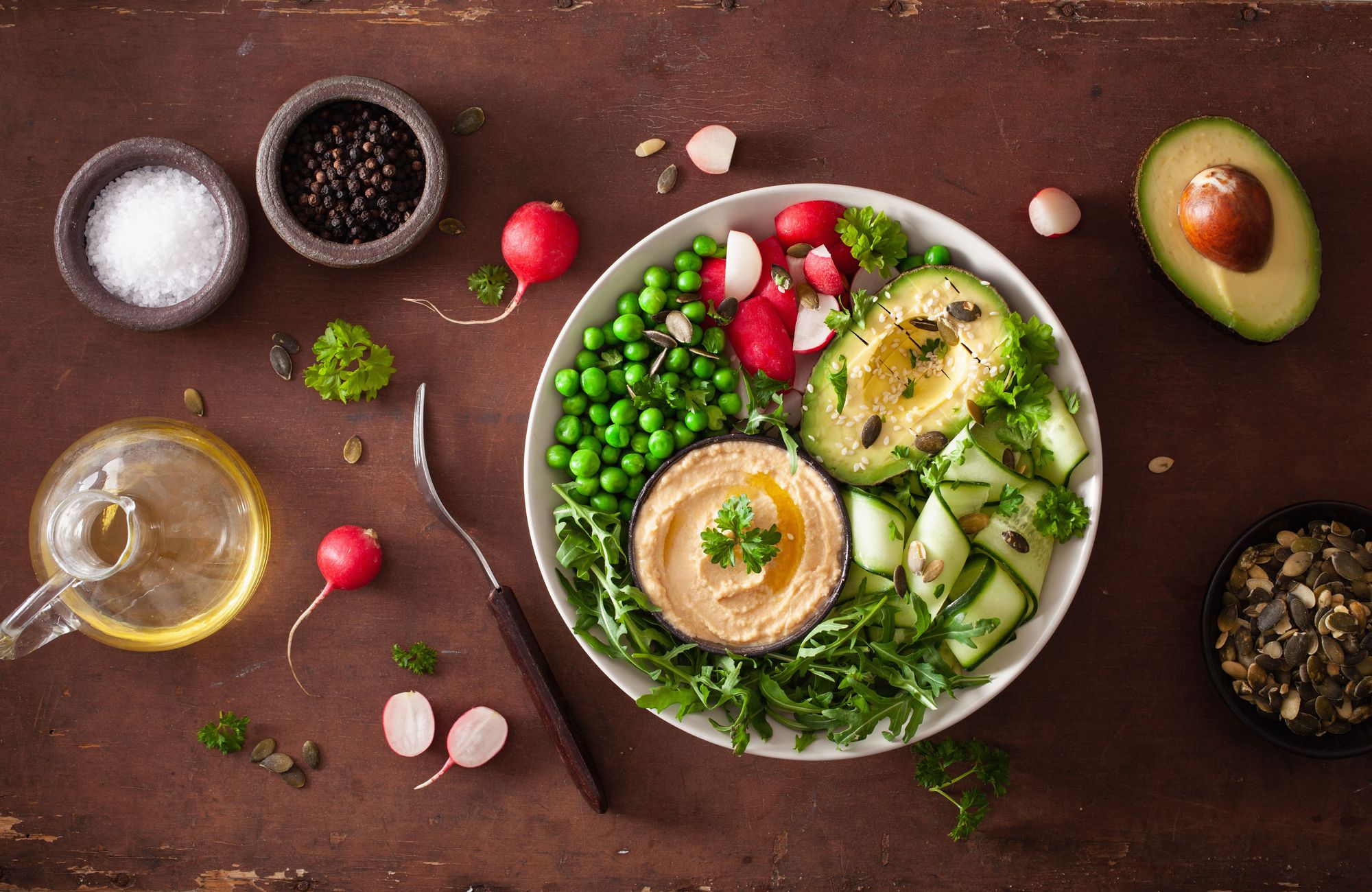
Since there are health concerns associated with cured meats and processed meat, educating yourself on healthy alternatives to cured meats is important.
For meat eaters, cured meats can be a delectable snack or meal ingredient. Around the world, there are countless options to choose from, each prepared in their own unique way, from smoked salami to sausages and bacon.
Unfortunately, constantly eating large portions of cured and processed meats might be problematic for your health. Countless studies have connected meat processing strategies such as curing to an increased risk of everything from heart disease to cancer. In fact, one study by the World Health Organization found a significant correlation between cancer risk and common cured meats including pastrami, deli meats, and ham.
Other research studies support this research. For instance, a study led by Hamilton scientists found a link between regularly eating processed meats, and a higher risk of early death and cardiovascular disease. The same correlation wasn’t evident with unprocessed meats and poultry. This is a big reason to be thinking about healthy alternatives to cured meats.
So, how do you reduce the amount of cured meat in your diet, and what are some of the best healthy alternatives to cured meats?
The Potential Dangers of Cured and Processed Meats
Curing is just one of many ways manufacturers can ‘process’ meat to make the meat product last longer on supermarket shelves. Curing meats involves using large amounts of salt to preserve the meat, as well as other chemicals to maintain taste and texture.
Common cured meats people buy at the store include:
- Salami
- Chorizo
- Pepperoni
- Pastrami
- Prosciutto
- Bacon
- Pancetta
Curing, similar to other forms of food processing, can damage the structure of the meats you eat, as well as packing them with dangerous “added ingredients” which increase your sodium levels, and boost your chances of various chronic diseases. Eating processed meat is associated with a higher chance of conditions including:
- High blood pressure (hypertension)
- Bowel and stomach cancer
- Heart disease
- Chronic obstructive pulmonary disease
While most of the studies into the dangers of processed meats are “observational”, meaning they don’t prove the damage these meats can cause directly, they are convincing enough that many medical professionals suggest reducing your intake whenever possible.
On even a basic level, processed and cured meats contain harmful chemical compounds which are best avoided in our day-to-day lives.
It’s also best to avoid too much sodium or salt, if you’re generally trying to be healthy, and we know cured meats have lots of salt – which brings us to our next point:
Harmful Ingredients in Cured Meats
Perhaps the biggest risk in eating large amounts of cured meats, is exposure to large amounts of salt. Most curing companies rely heavily on salt to preserve the flavor and appearance of cured meats. Unfortunately, studies reveal that high salt and sodium intake can increase our risk of everything from headaches, weight management issues and heart failure, to high blood pressure, kidney disease, stomach cancer, and stroke.
To make matters worse, cured meats also contain other compounds and ingredients which can be damaging for human health, such as:
- N-Nitroso compounds: Connected to a higher risk of cancer, N-Nitro Compounds are used to preserve the color of meat, and improve flavor. Processed meats are the main dietary source of nitrosamines, which may be why they’re often linked to cancer risk.
- PAHs: Polycyclic Aromatic Hydrocarbons are substances transferred into the air when organic matter is burned. These are more common in smoked meats, but they can be present in cured meats with smoky flavors. PAHs are potentially harmful substances which can increase your risk of various conditions, such as COPD.
- Heterocyclic Amines: HCAs are a kind of chemical compound which forms when food is cooked at high temperatures. These can cause cancer in animals when consumed in high amounts and may be dangerous for humans as well.
While some processed and cured meats can also be sources of valuable substances such as zinc, protein, and iron, experts recommend relying heavily on these products for nutrition. The American Institute of Cancer research found even just a small amount of processed meat in your regular diet can increase your risk of colorectal cancer.
Healthy Alternatives to Cured Meats in Sandwiches
Eating fewer processed meats and cured products can be a lot easier than most people realize. Usually, these foods are used most commonly as snacks and sandwich fillers, but there are various other, healthier options out there which can deliver excellent flavor, with fewer side effects.
For instance, some of the top healthy alternatives to cured meats for sandwiches and salads include:

1. Canned Tuna or Salmon
Tuna or salmon can make a fantastic alternative to cured meats such as bacon and ham when you’re making a fresh salad or sandwich. These products are relatively inexpensive, easy to access, and often much lower in sodium content than their cured alternatives.
As an added bonus, salmon, tuna, and similar fish products are brimming with valuable nutrients and added ingredients. Both tuna and salmon are rich in omega 3 fatty acids, which are brilliant for boosting brain function, lowering cholesterol, and improving eye health. These products can also be quite rich in vitamin B12, which helps the body to form new blood cells.
2. Peanut Butter
If you want a sandwich filler with all the protein benefits of cured meats and similar processed products, but fewer dangers, peanut butter is a great choice. Peanut butter isn’t quite as high in protein as meat, fish, or chicken, but it’s still excellent for balancing your macronutrients.
Peanut butter also includes magnesium, which plays a crucial role in 300 chemical processes throughout the body, zinc, which is essential for protein synthesis, and phosphorus for building healthy cells. You can even get an increased intake of niacin for digestion and vitamin B-6 for immune system functionality from peanut butter.
3. Roasted Chicken
Cutting down on cured and processed meats doesn’t have to mean giving up on meat entirely. Many forms of meat are an excellent source of protein and other valuable nutrients. You can still use these ingredients in your sandwiches, salads, and other meals, but it’s best to opt for roasted products, rather than relying on curing and processing.
Freshly roasted chicken and turkey can be a particularly good choice for your everyday meals. Chicken, particularly lean and organic chicken, is rich in vitamins and minerals, and can help with the management of blood pressure. Chicken is also relatively low in fat and calories, so it can be a good pick if you’re watching your weight.
4. Vegetables
Vegetables might not give you the protein benefits you’d get from processed and cured meats, but they can offer a range of other benefits instead. Used as part of wraps and sandwiches, vegetables fill your meals with fantastic fiber which is essential for controlling satiety levels and blood sugar.
Some specific kinds of vegetables are particularly good as substitutes for meat. For instance, mushrooms have a rich and meaty flavor, particularly when they’re cooked perfectly with the right selection of herbs and spices. Eggplant and jackfruit are also fantastic substitutes for meaty dishes and can be mixed with beans and legumes for extra protein.

5. Egg Salad
Eggs are a superfood, and a fantastic addition to your diet, particularly if you’re looking to keep your protein levels high. A whole egg comes packed with valuable vitamins including vitamin A, B5, B2, and B12, as well as phosphorous, selenium, and folate. Eggs can even contain decent amounts of zinc, calcium, and vitamin D.
While some people have raised concerns about the high cholesterol levels in eggs, studies show eating eggs doesn’t raise cholesterol at all in 70% of people. Eggs also contain important nutrients we don’t always get enough of in our regular diet. For instance, eggs are rich in choline, which is an essential ingredient in building cell membranes and signaling molecules.
Healthy Alternatives to Cured Meat Snacks
If you’re looking for an alternative to cured meats for your snacks, there are plenty of great options out there. You can start with the options mentioned above, enjoying a boiled egg as part of your daily nutrition, or a few pieces of roasted chicken.
Instead of using ham and processed meats on your pizzas and salads, try chicken or grilled vegetables such as mushrooms and eggplants. Instead of packing salami and pepperoni into your lunches, consider switching them out with dips and vegetable sticks, roasted chickpeas, or cheese and crackers.
Other healthier alternatives to common cured meat snacks include:
- Hummus
- Avocado
- Grilled mushrooms and tomatoes
- Halloumi
- Individual packages of cheese
- Beans
Notably, you don’t have to cut cured meats out of your diet entirely, but it is a good idea to restrict and reduce your intake. According to the World Health Organization, it is reasonably safe to eat small amounts of cured and processed meats if you stick to less than 50 grams per day.
Similar to other tasty but problematic foods, such as sugar and caffeine, processed meat is something we should be eating in moderation. When planning your meals, try to avoid including cured meats in your diet on a daily basis. Occasionally switch your common food options out with some of the suggestions above and track your body’s response.

Reducing Your Consumption of Cured Meats
Cured meats can often be a delicious snack. However, they’re a food we should all be eating less of, whenever possible. While research is still ongoing into the dangers of cured and processed meats, most experts agree these products are packed with dangerous chemical compounds not present in standard fresh meat.
While eating the occasional piece of cured meat is probably fine, it’s best to avoid allowing these food products to dominate your diet. Experiment with different ingredients and foods to expand your nutritional options.
Choose healthy alternatives to cured meats whenever possible, especially if cancer runs in your family. You can find out your genetic health risks in terms of cancer and disease risk, as well as information about the type of diet that suits your genetic makeup best, via a CircleDNA Premium DNA testing kit.
References
- Carcinogenicity of consumption of red and processed meat (Véronique Bouvard, Dana Loomis, Kathryn Z Guyton, Yann Grosse, Fatiha El Ghissassi, Lamia Benbrahim-Tallaa, et. al) https://www.thelancet.com/journals/lanonc/article/PIIS1470-2045(15)00444-1/fulltext
- THE 8 SCARIEST AMERICAN HEALTH FACTS (Melissa Mohabir) https://www.muscleandfitness.com/features/active-lifestyle/8-scariest-american-health-facts/
- Salt and Sodium (Harvard T. H. Chan School of Public Health) https://www.hsph.harvard.edu/nutritionsource/salt-and-sodium/
- Volatile nitrosamines in foods on the Swedish market and estimation of their daily intake (B. G. Osterdahl) https://pubmed.ncbi.nlm.nih.gov/3192011/
- Limit Consumption of Red and Processed Meat (American Institute for Cancer Research) https://www.aicr.org/cancer-prevention/recommendations/limit-consumption-of-red-and-processed-meat/
- Is peanut butter good for you? (Natalie Olsen, R.D., L.D., ACSM EP-C) https://www.medicalnewstoday.com/articles/323781
- Is Chicken Healthy? Nutrition, Benefits, and Tips ( Rachael Link, MS, RD) https://www.healthline.com/nutrition/is-chicken-good-for-you
- Dietary cholesterol provided by eggs and plasma lipoproteins in healthy populations (Maria Luz Fernandez) https://pubmed.ncbi.nlm.nih.gov/16340654/
- Is there such a thing as healthy bacon or sausages? (Leah Hyslop) https://www.telegraph.co.uk/food-and-drink/news/how-unhealthy-are-processed-meats/





